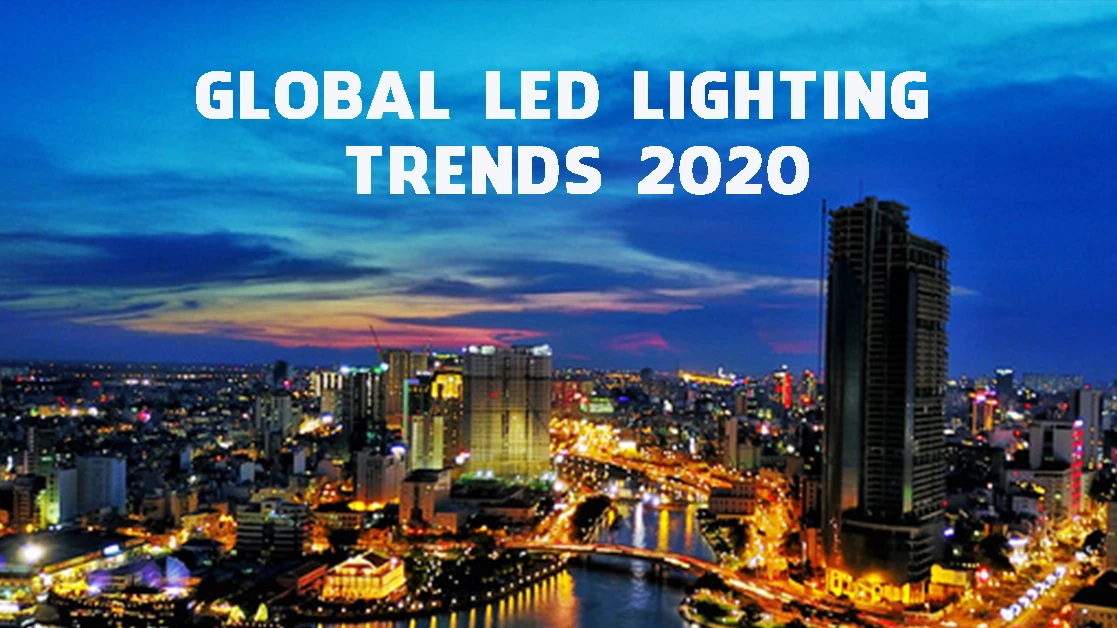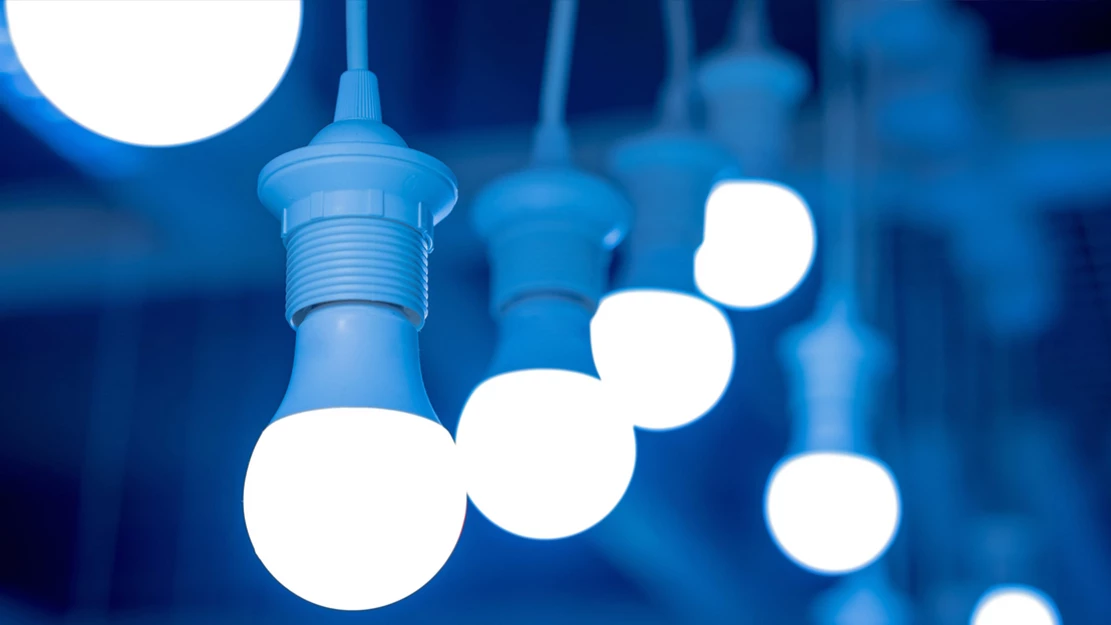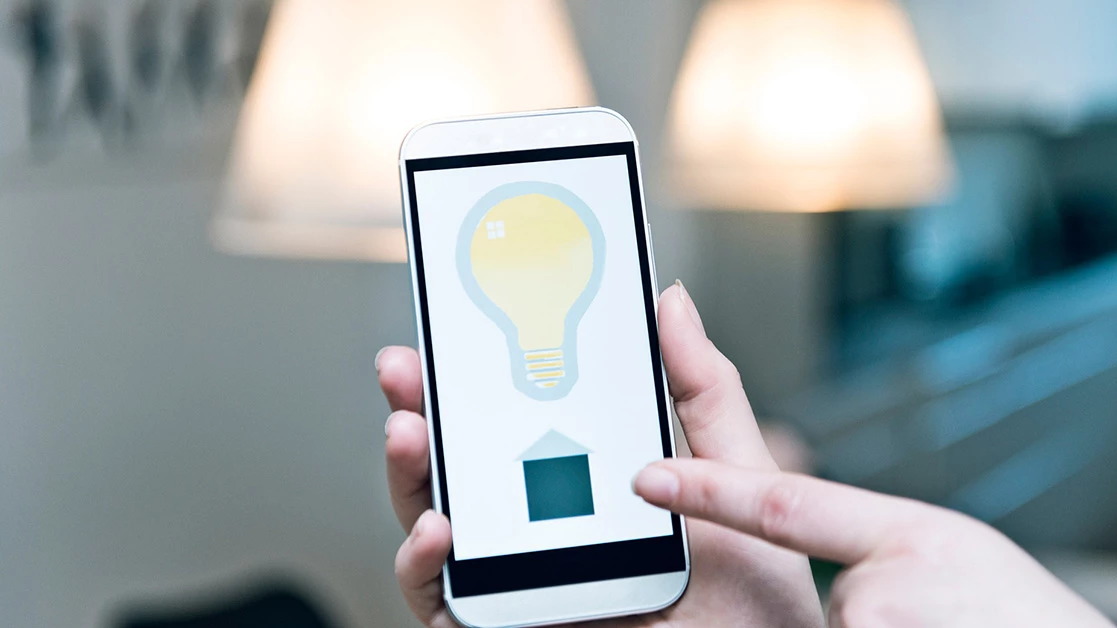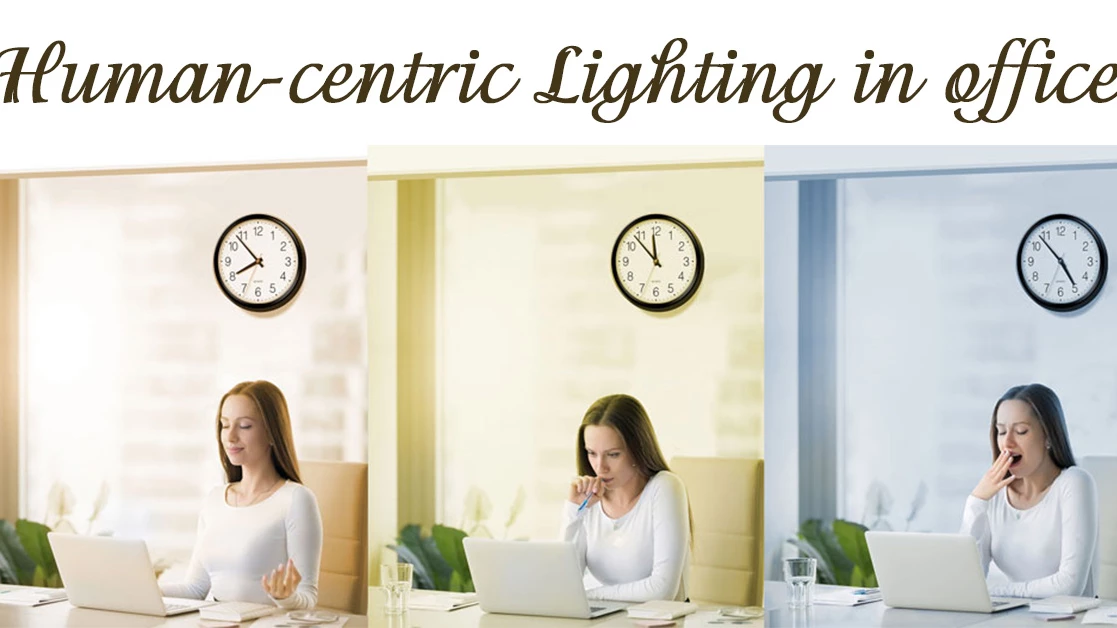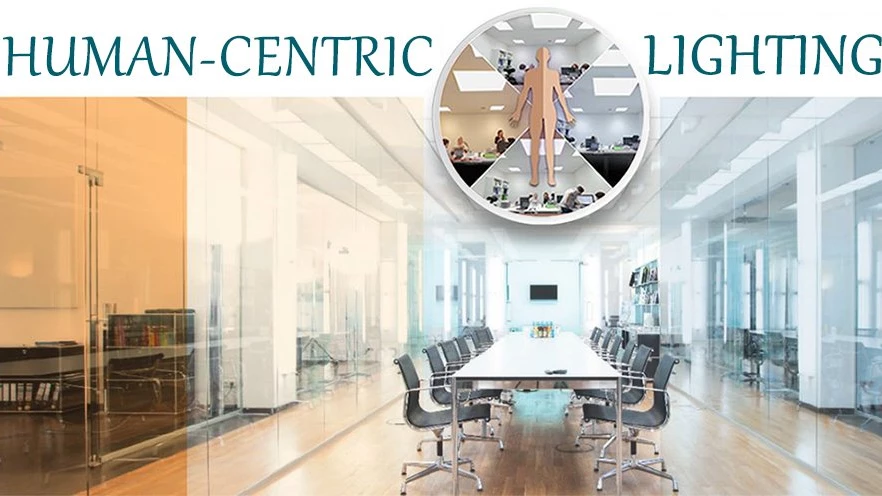
Human-centric lighting: beyond energy efficiency
Thank the explosion of Circadian biology discovery, people are now more aware of light’s effects on human health and well-being. The "one size fits all" lighting solution, with fixed correlated color temperature (CCT) and intensity, is no longer a good long-term choice for our health and well-being anymore. Human-centric lighting (HCL) is quickly gaining popularity for its adaptability and its positive impacts on their lives.
Human-centric Lighting
Human-centric lighting (HCL), also known as the human factor in lighting, refers to using artificial lighting sources to provide a form of "daylight progression" to compensate for people who have limited access to natural light.
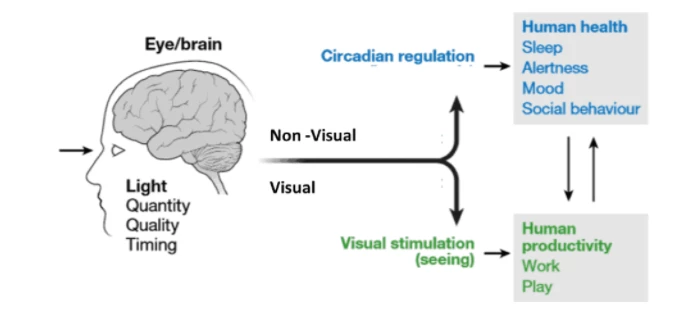
Light’s effects on human’s circadian rhythm (Source: LEDs for Photons, Physiology and Food, M. Pattison, et al, presented at DOE SSL Workshop 2020, San Diego, CA)
Applications of LEDs in HCL lighting solution
LEDs, especially tunable white LEDs, have opened a new page for the HCL era. The light's effects on people is not a new study topic. However, the LEDs' digital nature is the key to implementing a lighting system intended to realign humans with their natural rhythms more efficiently and effectively.
Now, people can adjust light intensity, color temperature, timing, and duration to tune the artificial light source to levels similar to sunlight. For example, for day shift workers, bright light with high CCT settings can provide an excellent day's start by suppressing the residual melatonin in the body and boosting cortisol levels during the day, making them more focused and concentrated, thus, more productive.
In a study of an HCL-applied factory with 750 workers in the "Quantified benefits of human-centric lighting" report published by LightingEurope, the author has given the quantitative outcome of implementing an HCL lighting solution. Despite an increase of around 20 percent in annual electricity bills, workers' productivity increased by 4.5 percent, accidents eased 1 percent, and the duration of employment also increased, helping reduce other costs related to human resources.
Blue light in HCL lighting
The core principle of HCL is adjusting the dose of blue light that users perceive to entrain the human circadian. However, people might be concerned with the downsides of blue light, which takes up a considerable amount when the lighting is set to bright white light. The truth is, the range of blue light that the eyes' intrinsically photosensitive retinal ganglion cells (ipRGCs) are sensitive to is somewhere between 460 and 500 nm. On the other hand, the most harmful blue light range is 415 - 455 nm. Extended exposure to this light's short wavelength is scientifically proven to cause visual fatigue and nearsightedness.
Regarding those potential safety concerns, the standards for LEDs have been made to increase their quality and reliability, such as The IEC 62471 Standard. Therefore, paying attention to the LED lighting of our choice is necessary.
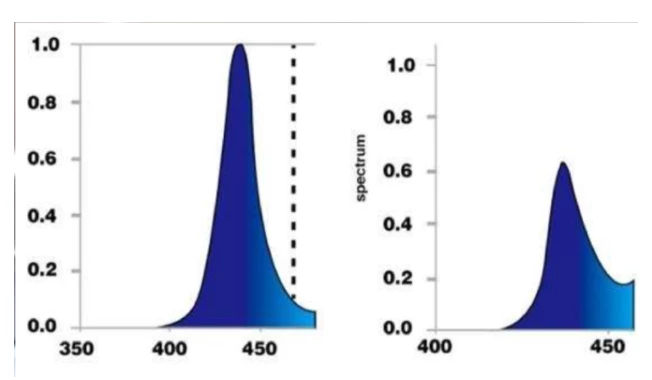
|
LEDs’ Blue light Does not meet the IEC 62471 standard. |
LEDs’ Blue light for HCL Meets the IEC 62471 standard. |
According to Stan Walerczyk, principal of Lighting Wizards and chair of the Human-centric Lighting Society and Committee, Kelvin changing and dimmable led products will be the future. We can now experience HCL lighting solutions in more diverse ways, through undercabinet light or even a table lamp.
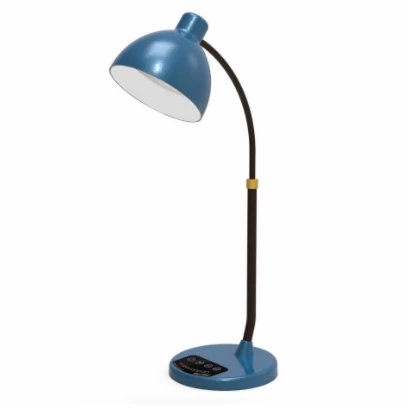
Rang Dong’s Task lamp (Model RD-RL-68.WF), dimmable from 10 to 100 percent, adjustable CTT from 2700K – 6500K, with control manually or through APP.
Should you have any questions or request a quotation of Rang Dong products, please send us an email to: export@rangdong.com.vn.
Websites: en.rangdong.com.vn and vacuumflask.rangdong.com.vn




